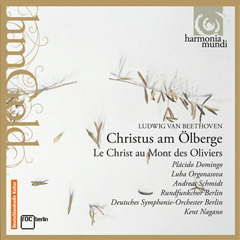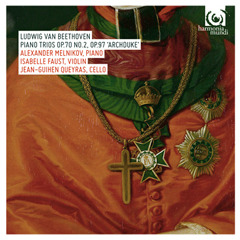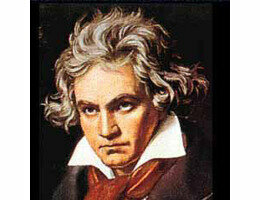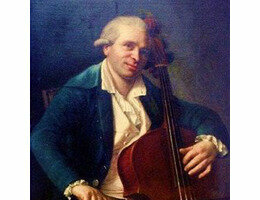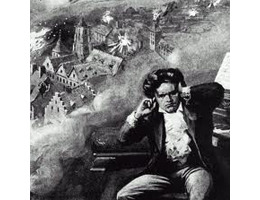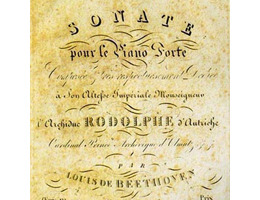Chor der Krieger, Chor der Jünger Hier ist er, der Verbannte From Beethoven: Christ on the Mount of Olives (2013) Released by Harmonia Mundi Beethoven: Chor der Krieger, Chor der Jünger – Hier ist er, der Verbannte In his only
Beethoven
Trio for piano, violin and cello no.6, Op. 70 no. 2 III. Allegretto ma non troppo From Beethoven: Piano Trios op. 70 no. 2, op. 97 “Archduke” (2014) Released by Harmonia Mundi Beethoven: Trio for piano, violin and cello no.6,
Hans von Bülow famously said that in piano music “Bach is the Old Testament and Beethoven, the New Testament”. With all respect to the great man, I would content that a better framework to compare the two is not a
Desert Island? No problem. I’d take the five Beethoven Cello Sonatas hands down. Spanning all three periods of Beethoven’s life they essentially depict his whole life story — from the lyrical Sonata in F major Op. 5 Nr. 1 to
Beethoven’s Transfer of the “Symphonic Ideal” Into His Middle Period Piano Sonatas What had begun as a slight ringing in Beethoven‘s ears around 1789 had progressively turned into partial deafness by 1801. In 1802, while spending the summer in the
Ludwig van Beethoven Piano Sonata Op. 2, No. 1 Piano Sonatas Op. 2 No. 2 Piano Sonatas Op. 2, No. 3 Historians and scholars habitually divided Beethoven’s life and work into three periods, a concept that originated with Johann Aloys
Beethoven’s love life is a mystery. He wrote a series of passionate letters — a total of 10 pages written in pencil — to a woman, his “Immortal Beloved.” These heartbreaking letters were found after Beethoven’s death. To this day
Watch Piano Sonata No. 31 in A flat major, Op. 110Stephen Kovacevich Piano Sonata No. 32 in C minor, Op. 111Michelangeli Ludwig van Beethoven (1770-1827) was a revolutionary man who lived and worked in revolutionary and tumultuous times. Much of

